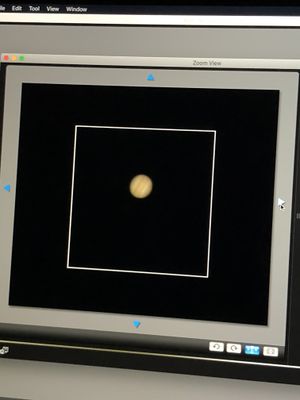Orbits of the Galilean Moons
Galileo Galilei’s discovery of celestial bodies that orbit something other than the Earth marked the beginning of the end of the geocentric model of the universe. In this project, we will perform the same observations on those moons as Galileo did 400 years ago.
Team Members
- A0168128Y Matthew Wee
History

Jupiter is a planet that was known to the ancients as it is the fourth brightest object in the sky behind the Sun, the Moon and Venus, and is visible to the naked eye. In 1609, astronomer Galileo Galilei made improvements to his telescope, which was the best in the world at the time. With the telescope, over the course of several weeks, he observed four “stars” moving in a line around Jupiter and was persuaded after just four days of observations that they were not stationary stars but instead objects orbiting the planet Jupiter.
This discovery, along with several others, was the cornerstone of the Copernican Revolution, which was the transition from the geocentric to the heliocentric model, with the Sun instead of the Earth at the center of the universe.
Apparatus
